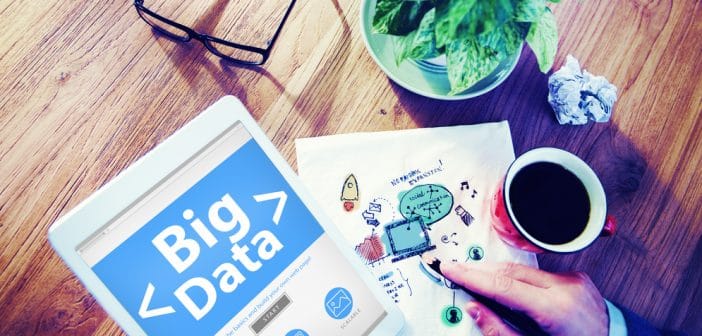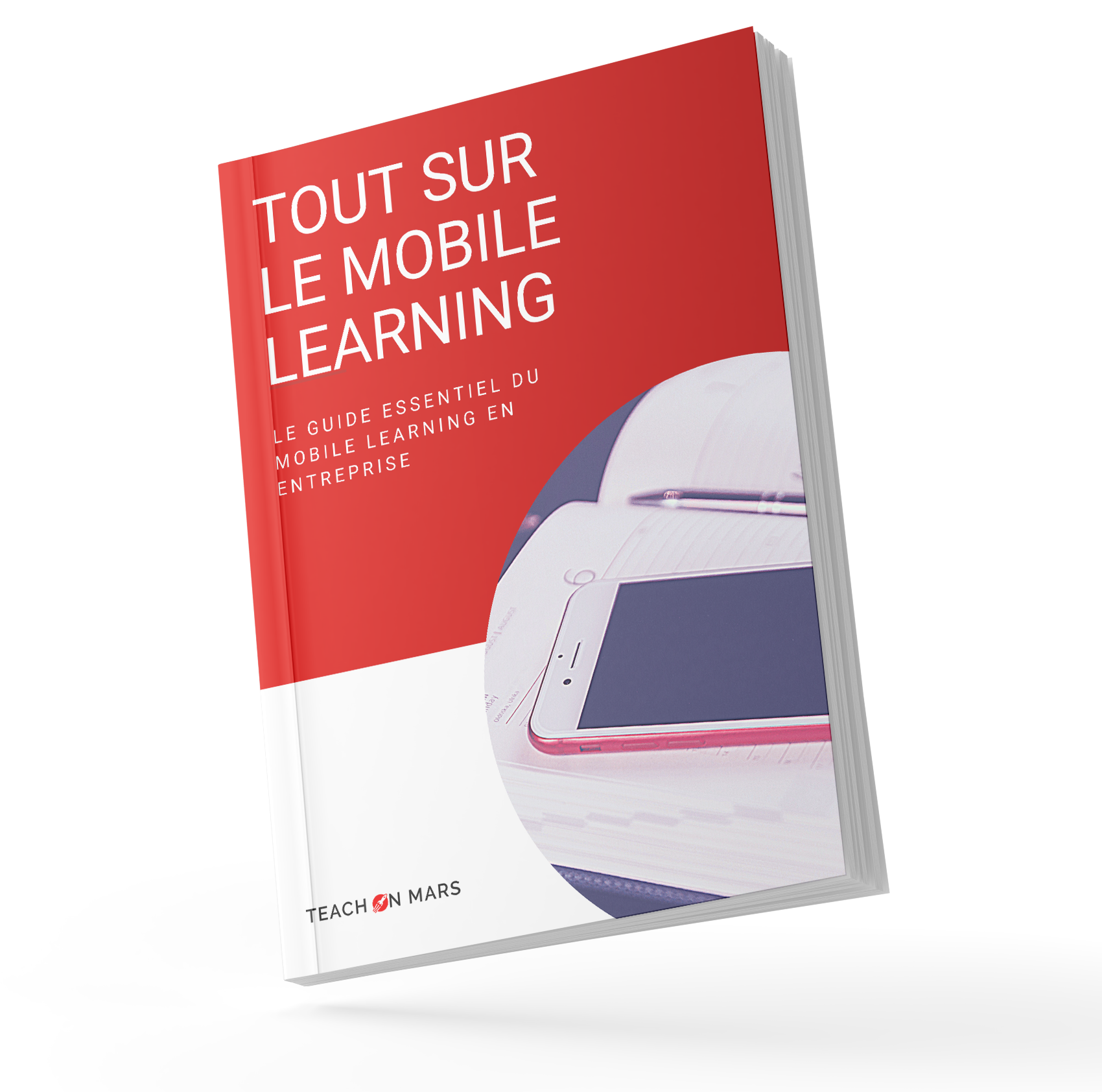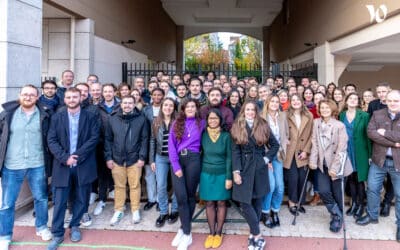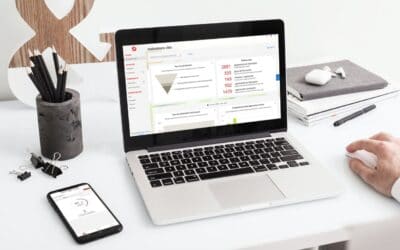Web users surf, depending on to their wishes and needs. They click here and there, comment, buy, like … and learn! All their littlest traced movements produce a torrent of information. Welcome to the Big Data!
Marketing professionals first captured the “Big Data” to appeal and promote customer shopping. Amazon, with its recommendations algorithms, is a renowned example.
Nowadays, web data analysis is going far beyond marketing borders. Learning data from LMS (Learning Management System) and especially mobile learning platforms can also generate valuable information.
How? Which educational data should be measured? Which learner behavior may be profitably investigated? What resulting actions will be implemented?
For most, “Learning analytics is the measurement, collection, analysis and reporting of data about learners and their contexts, for purposes of understanding and optimizing learning and the environments in which it occurs” (Learning analytics definition). The time for “Big Data in Education” is now!
Digitization has brought a whole new dimension, allowing collecting and processing massive and systematic data related to the acquisition of knowledge (progression, scores…) and to users’ behavior with the training system (assiduity, connexion duration…): what’s their favorite pedagogic format? When and where do they ordinarily connect to train on their mobile device? Do learners move around while learning on their mobile? What are their preferred activities? What’s their rhythm?…
Adaptive learning, i.e. individualized training, was born form the understanding of these parameters: suggest users upcoming activities based on their level of knowledge and learning habits. And therefore increase their training efficiency.
Who benefits from learning analytics?
At the heart of the training, the learner and his progression! A data-driven approach will provide learners with trainings adapted to their real-time needs, as learning analytics will allow developing adaptive learning and large-scale customization.
Moreover, studying learners’ behaviour allows highlighting their inactivity phases and setting learners back in an appealing learning situation in such critical times. For example, let’s suppose a learner never accesses his (mobile) training in the afternoon, you might plan a daily notification around 3pm to change this habit…
Not only learners, but also trainers will take advantage of proficient learning analytics. Connexion/deployment rates, attendance reports, training activities progression rates, questionnaire scores are just a few of them. Their review will inform trainers on their training quality (example: a systematically skipped content), progression and completion (example: insufficient completion), learners’ knowledge level and motivation… And will eventually help them take corrective actions or decide on new more effective pedagogic formats (compare completion rate on desktop vs on mobile device).
More generally, compare individuals’ training impact to their boosted performance will demonstrate the training value to the organization. Stakeholders’ ultimate objective is naturally to enhance the overall organization performance; therefore they need to accurately assess the value added by their training policies.
How to measure learning analytics and benefit from them?
Among the various learning analytics methods, let’s dig inside some of them.
- Educational data mining consists of the exploration of large amounts of educational data. Data mining refers to techniques designed for automatically extracting meaning from large repositories of data generated by people’s learning activities in educational settings. For example, LMS and Mobile Learning platforms track information such as when each learner accessed each activity, how many times they accessed it and on which device, how many minutes the activity was displayed on the user’s screen, etc. This technique allows measuring the acquisition of knowledge over time. (Bayesian Knowledge Tracing – BKT, Item Response Theory – IRT, …)
- Clustering consists of the modelling of different learning styles. The objective of this approach is to automatically identify distinctive learners’ behaviors and so to continuously and automatically have the system to categorize these behaviors (Centroid-based clustering, Density-based clustering…).
- Predictive analyses consist of making assumptions about future events based on observation of past events. One of its main applications is the recommendation. A recommendation mechanism, taking into account contents selected by learners can identify relevant content to put forward, and also individualize the selection of content available to a learner according to his past choices.
The Teach on Mars data center for our mobile applications already propose analytics, including progression and scores, assiduity, deployment rates, time spent … Find out more here: Teach on Mars analytics .
You will find hereafter a suggestion of three valuable websites to mine educational data!
http://www.educationaldatamining.org
https://en.wikipedia.org/wiki/Learning_analytics
https://solaresearch.org/about/
And you, do you have a data digger soul?

Diplômée d’école de commerce et passionnée par les innovations du numérique, Noémie a enfilé son scaphandre et rejoint l’équipe Teach on Mars au poste de Content Manager. Elle intervient en marketing et événementiel tout en contribuant à Teach on Earth, une initiative sociale et environnementale.





